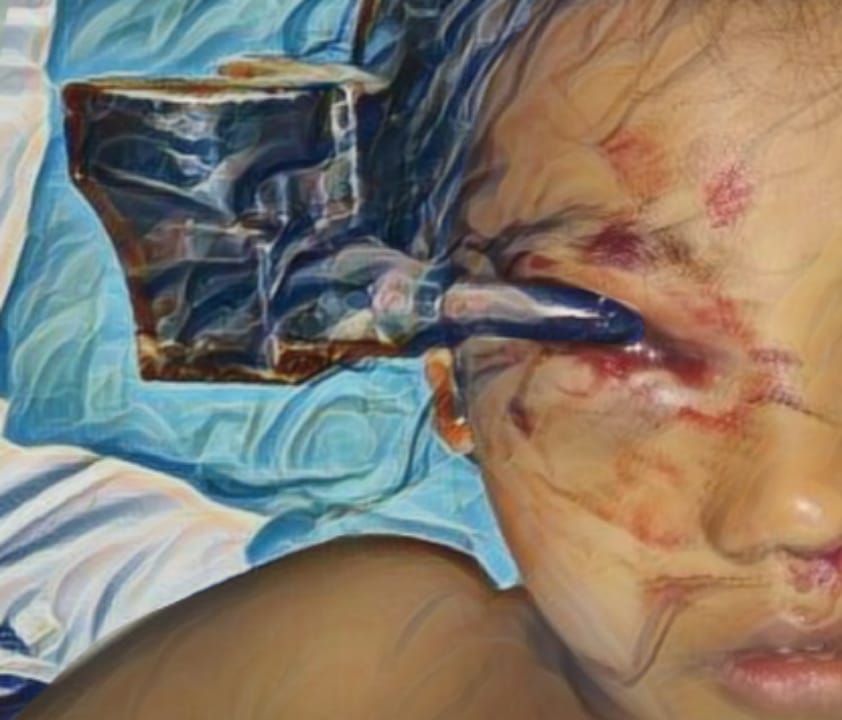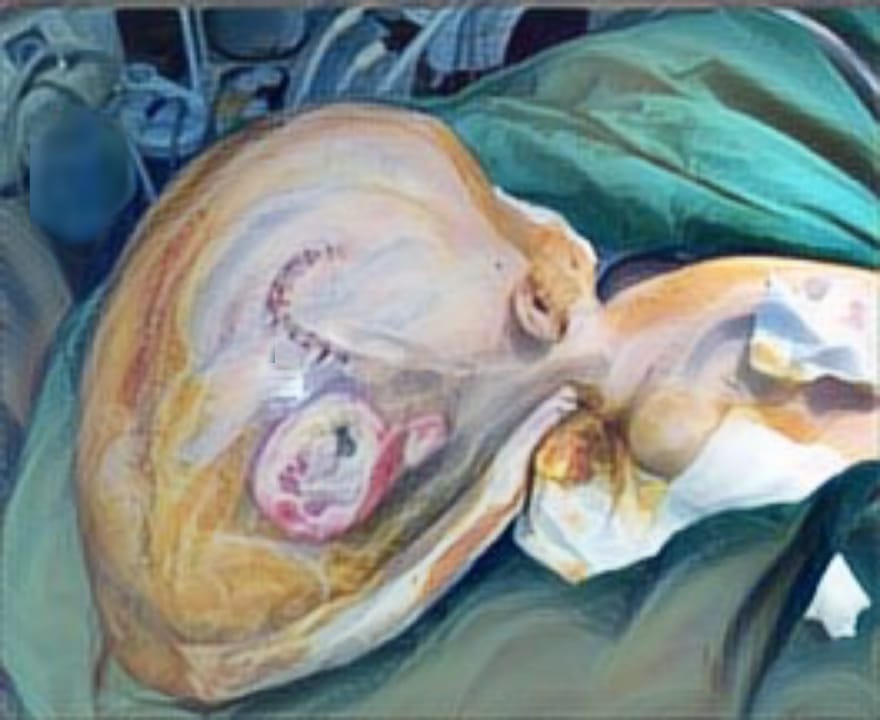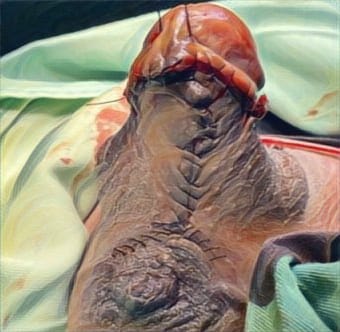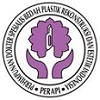EVALUATION OF MODIFIED MILLARD'S TECHNIQUE WITH PREMAXILLA SHORTENING IN BILATERAL LABIOPLASTY AT MALAHAYATI HOSPITAL BANDA ACEH 2016- 2019
Downloads
Highlights:
- The use of a modified Millard technique with premaxillary shortening in cleft lip and palate (CLP) reconstructive surgery.
- A majority of patients achieved positive results in bilateral labioplasty when the modified Millard technique with premaxillary shortening was employed.
Abstract:
Introduction: Cleft Lip and Palate (CLP) is a congenital abnormality in the form of gaps in the lips, gums and palate. Surgical techniques for reconstructive surgery vary greatly, but labioplasty using a modified millard technique with premaxillary shortening is a technique that we used in this study with the aim of premaxilla shortening to reduce the tension of the suture wound and will reduce the scar formed in Bilateral labioplasty after surgery.
Methods: This research is a cohort with a retrospective approach conducted on labioplasty patients at Malahayati Hospital in Banda Aceh, which was handled in the period of 2016 - 2019. The sample amounted to 23 respondents who will be analyzed using the frequency distribution table.
Results: The study found male sex as much as 60.9%, the age of patients in the age group 2 years and over as much as 69.6%, 6-9 months evaluation time as much as 87.0%, the diagnosis of complete bilateral labioplasty as much as 65.2% and good outcome in bil ateral labioplasty using modified Millard technique with premaxilla shortening as much as 73.9%.
Conclusion: The majority of male sex is the most, the highest in the age group 2 years and above, the most evaluation time is 6-9 months, the most common diagnosis is complete bilateral labiolasty and the most results on bilateral labioplasty using modified millard techniques with premaxillary shortening is good outcome.
Marzoeki, D., et al. (2002) Tehnik Pembedahan Celah Bibir dan Langit-langit, Jakarta: Sagung Seto.
Tolarova MM et al. Pediatric Cleft Lip and Palate. Medscape; 2018.
Burt JD, Byrd HS. Cleft lip: unilateral primary deformities. Plas. Reconstr. Surg. 2000; 105(3): 1043-55.
Meara JG, et al. Unilateral cleft lip and nasal repair: techniques and principles. Iran J. Pediatr. 2011.21: 129-38.
Millard, D. R. (1976) Cleft Craft and A Rhinoplasty Tetralogy Vol 1 The Unilateral Deformity, Miami: American Publishing Association.
Zayed EF, et al. Unilateral cleft lip repair: Experience with millard technique and introduction to the concept of junctional zones repair. Egypt J. Plast. Reconstr. Surg. 2012.36:109-18.
Desai S . Primary lip repair in newborn babies. In: Kehrer B, et al., eds, Long Term Treatment in Cleft Lip and Palate Bern . Stuttgart, Vienna: Hans Huber Publishers; 1981: 248–53.
Naryanan RK, et al. Synchronous palatal closure and premaxillary setback in older children with bilateral complete cleft of lip and palate. Plast Reconstr Surg. 2006.117:527–31.
Latham RA, et al. A question of the role of the vomer in the growth of the premaxillary segment. Cleft Palate J. 1975.12:351– 55.
Murthy J. Primary bilateral cleft lip repair with management of premaxilla without preoperative orthopedics. J Craniofac Surg. 2009.20:1719–22.
Fakih-Gomez N, et al. Repair of complete bilateral cleft lip with severely protruding premaxilla performing a premaxillary setback and vomerine ostectomy in one stage surgery. Med Oral Patol Oral Cir Bucal. 2015.1;20 (4):e500-7
Abbott MM, Meara JG. Nasoalveolar molding in cleft care: is it efficacious? Plast Reconstr Surg. 2012.130:659–66.
Bermudez L., Lizarraga A.Operation Smile: How To Measure Its Success. Annals Of Plastic Surgery September 2011, 67(3):205-208.
Copyright (c) 2019 Muhammad Taufik, Muhammad Jailani

This work is licensed under a Creative Commons Attribution-ShareAlike 4.0 International License.
JURNAL REKONSTRUKSI DAN ESTETIK by Unair is licensed under a Creative Commons Attribution-ShareAlike 4.0 International License.
- The journal allows the author to hold copyright of the article without restriction
- The journal allows the author(s) to retain publishing rights without restrictions.
- The legal formal aspect of journal publication accessbility refers to Creative Commons Attribution Share-Alike (CC BY-SA)



















